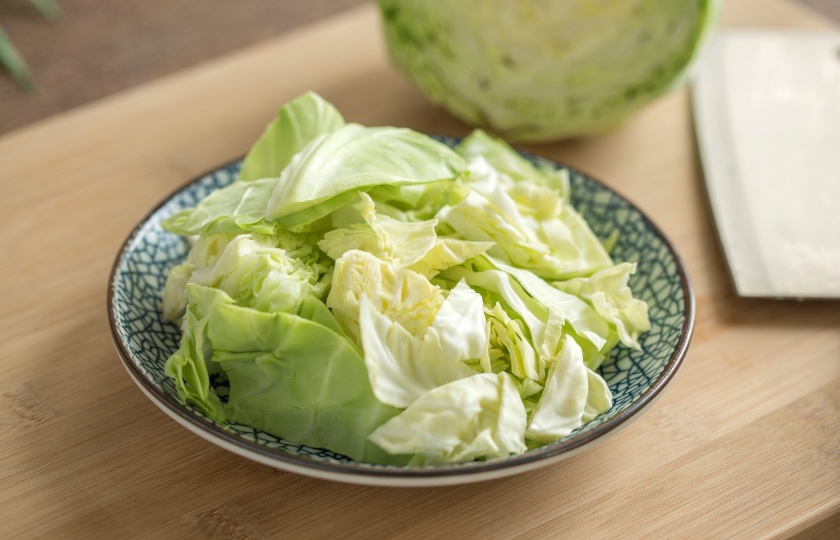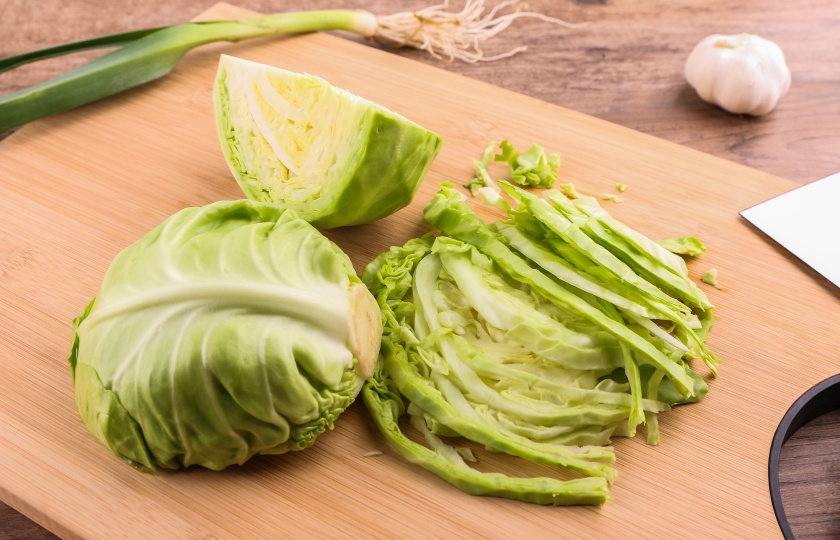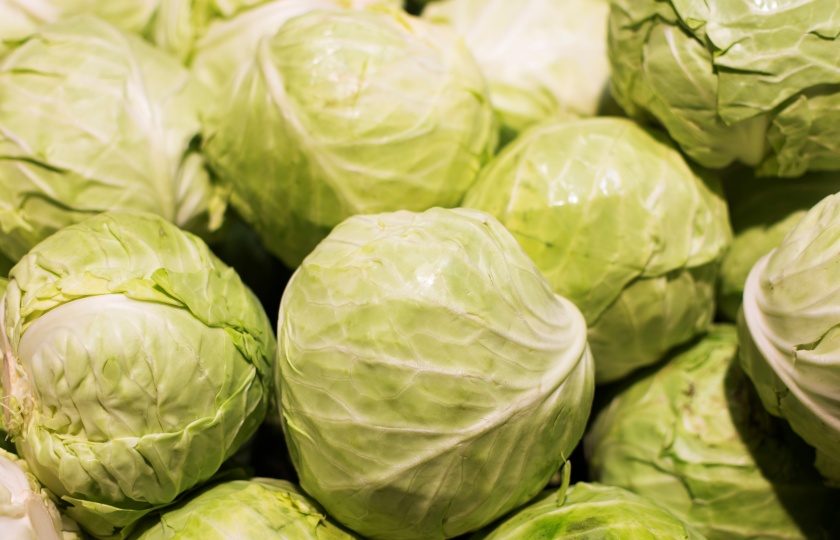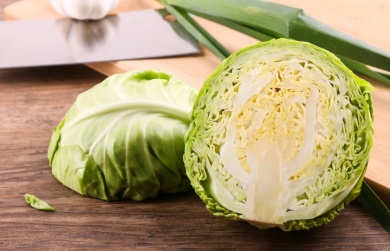Simple Tutorial: How To Pressure Cook Raw Cabbage

Want to know how to quickly cook raw cabbage in a pressure cooker? Every step, from choosing the right setting to determining the cooking time, is very important. Lets start learning.
How to Cook Raw Cabbage in the Pressure Cooker?
Ingredients preparation
Wash the cabbage and cut it into even-sized pieces or strips according to your preference. If it is a whole cabbage, cut it into 4-6 pieces, which is good for flavoring and ensures even heating.
Cooking process
Put the cut cabbage into the pressure cooker and add an appropriate amount of water to cover the leaves. Then, cover the lid, turn on high heat until the pressure cooker valve pops, and then turn to low heat. During this period, you can add an appropriate amount of salt and a little cooking oil to enhance the flavor according to your personal needs.
Seasoning and serving
If you want a better taste, you can add minced garlic, shredded ginger or chili to enhance the flavor after cooking. Cabbage can also be cooked with meat. It should be noted that after turning off the heat, you should wait for the pressure to be completely released before opening the lid. This can ensure safety and optimize the taste of the cabbage. The whole process takes about 15 minutes.
How many minutes should cabbage be cooked?
When cooking cabbage in a pressure cooker, the time is usually around 10 minutes. If you prefer a crisp texture, cooking for 8 minutes is enough; if you prefer a soft and mushy texture, cooking for 12 minutes is more appropriate.
If you use an ordinary pot to cook on the stove, the time required will be longer, generally 15 to 20 minutes. If you cut the cabbage into shreds and then cook it, the time can be reduced to 10 to 15 minutes.
Similarly, determine the specific cooking time according to your personal preference for texture. If you want a crisp texture, reduce the cooking time; if you want a soft and mushy texture, increase the cooking time appropriately.

How do you soften cabbage without boiling it?
The simplest way to soften cabbage is to marinate it with salt for 15 minutes. This can maintain the crisp and tender texture of cabbage while removing some of the astringency.
When operating specifically, first cut the cabbage into the desired size, sprinkle an appropriate amount of salt, and gently massage the cabbage leaves with your hands to evenly distribute the salt. This method is especially suitable for making cold dishes and lettuce salads.
In addition to pickling with salt, you can also quickly blanch it with boiling water for less than 30 seconds. This method is suitable for cabbage used when making dumplings and spring rolls. It can maintain the nutrition and texture of cabbage while increasing toughness and making it convenient for wrapping.
How do you take the bitterness out of raw cabbage?
Salting method: Shred or cut raw cabbage and put it in a bowl. Operate according to the ratio of 10 - 15 grams of salt for every 500 grams of cabbage. Add an appropriate amount of clear water and soak for 15 - 20 minutes. Then pour out the salt water and rinse with clear water. The reason is that salt water can make the bitter components in cabbage seep out, thereby reducing the bitterness.
Blanching method: Boil water. Add 5 - 10 grams of salt and 5 - 10 drops of oil per liter of water. After the water boils, put the cut cabbage into the water and blanch it for 30 - 45 seconds. Take it out and cool it in cold water. This is because blanching can remove some bitter substances and maintain a relatively raw state.
Adding sugar method: Put the cut raw cabbage in a bowl. Add 10 - 15 grams of sugar for every 500 grams. Stir evenly and let it stand for 10 - 15 minutes. Because sugar can neutralize the bitterness of cabbage and improve the taste.
Combining ingredients method: When making salads, shred and mix raw cabbage with ingredients with strong sweetness such as apples and pears. Or combine it with cheese, yogurt, etc. For every 100 grams of cabbage, combine 20 - 30 grams of cheese or 50 - 100 milliliters of yogurt. Use the flavors of these ingredients to cover up the bitterness.

Why do you put vinegar in cabbage when boiling it?
First, it protects the color. Cabbage contains chlorophyll and is easily discolored and turns yellow due to heating and changes in pH during cooking. Vinegar is acidic and can reduce the pH value of the cooking environment, reduce the destruction of chlorophyll, and keep cabbage green after cooking, enhancing appetite, such as stir-fried cabbage with vinegar.
Second, it enhances the flavor. Vinegar has a unique sour taste, which can neutralize the green and astringent taste of cabbage, add a fresh taste, and enrich the taste levels of the dish. Adding vinegar when making cold cabbage tastes better.
Third, it protects nutrition. Some vitamins, such as vitamin C, are easily damaged in an alkaline environment and are relatively stable in an acidic environment. Adding vinegar when cooking cabbage can create an acidic environment and reduce the loss of nutritional components such as vitamin C.
How do you know if cabbage is fully cooked?
The following are methods to determine whether cabbage is cooked:
During the cooking process of cabbage, it will gradually change from the initial light green color to a translucent appearance. Once this translucent color appears, it means that in terms of color, it is close to the cooked state.
The originally straight cabbage leaves will gradually become soft and droop. With a little force with chopsticks, it can be easily pierced through. This represents that the texture has become soft and is a key characteristic of cooked cabbage. It should be noted that the stem part is relatively thick and it takes more time to be completely cooked.























